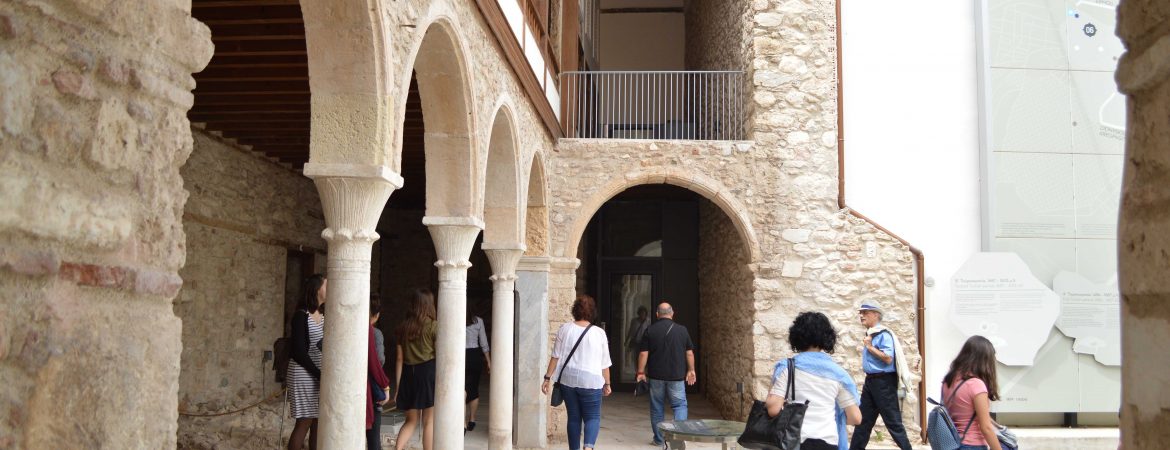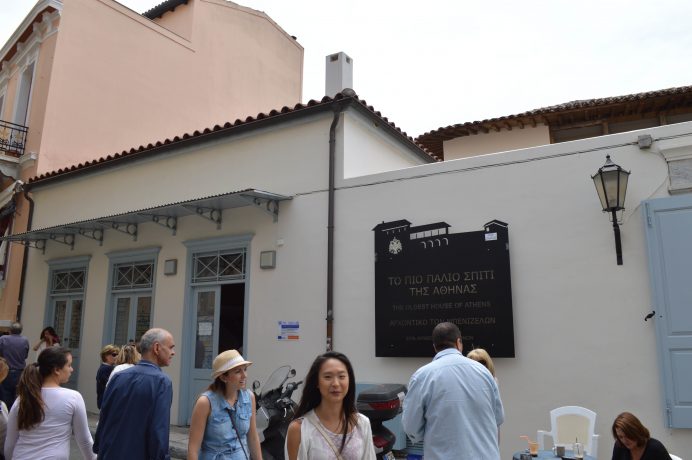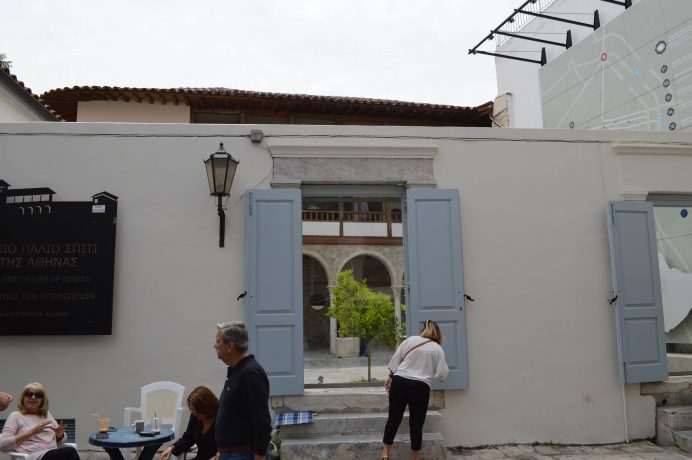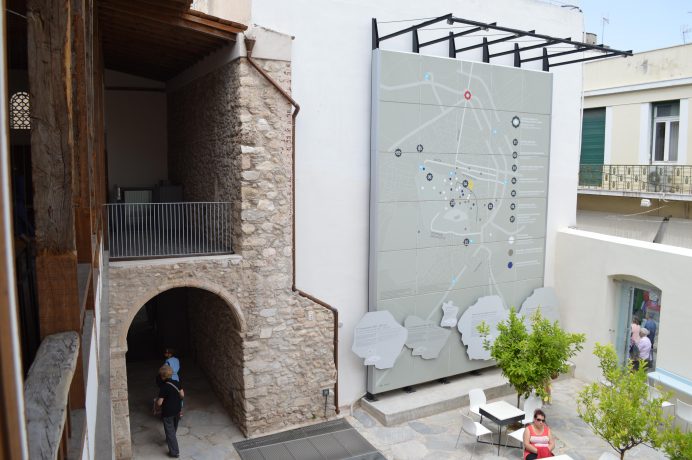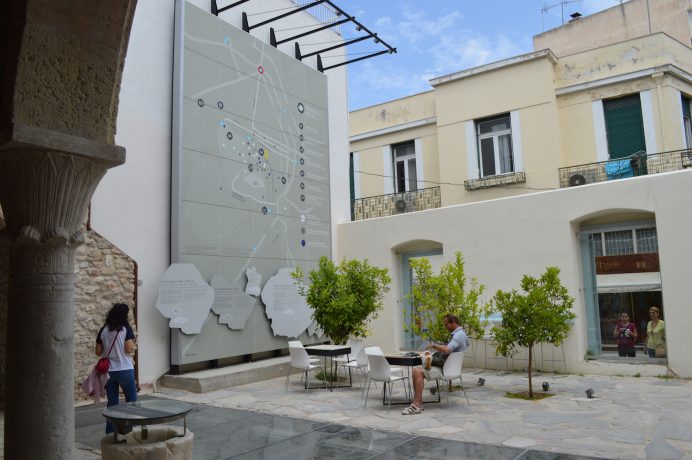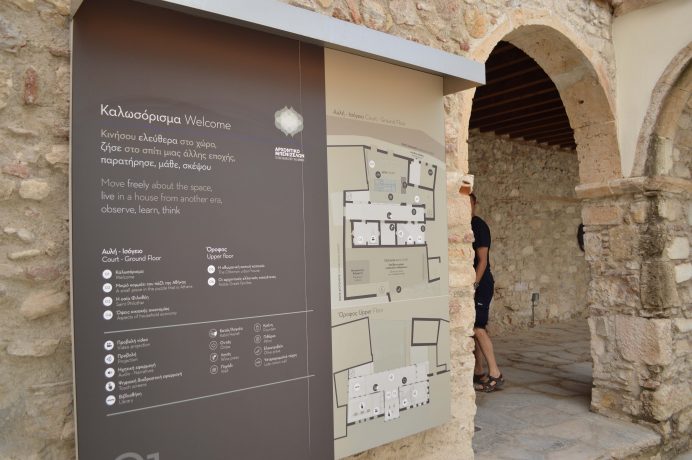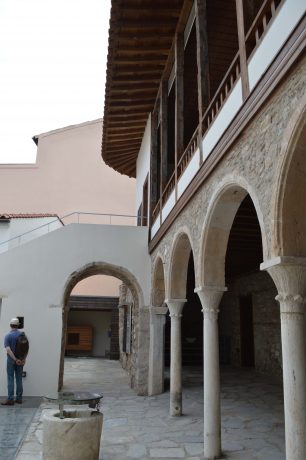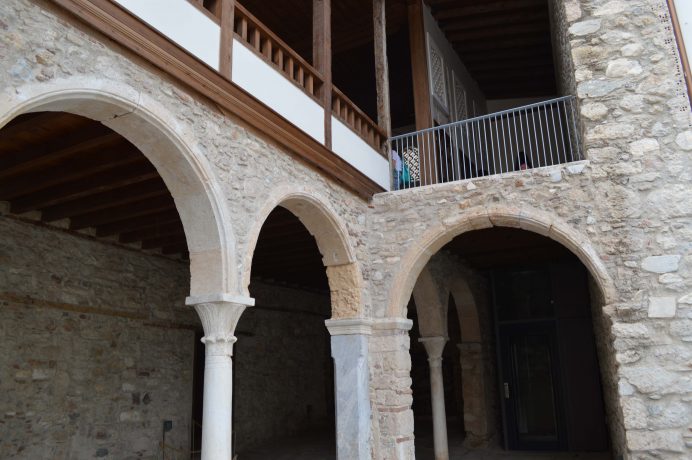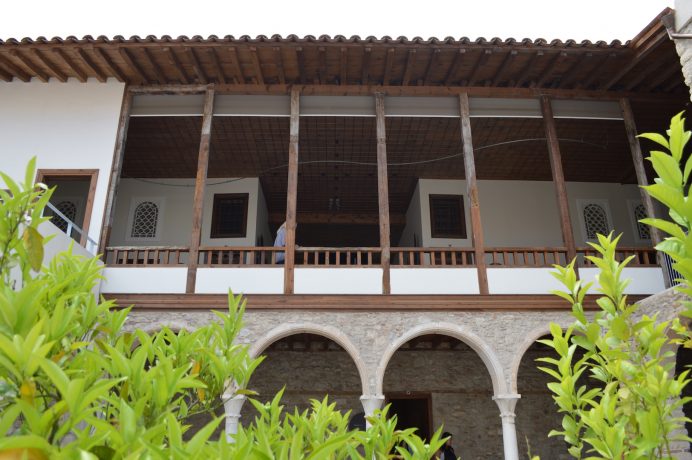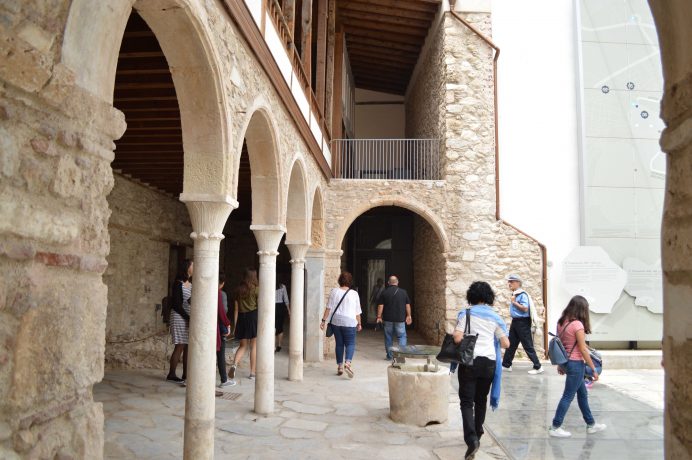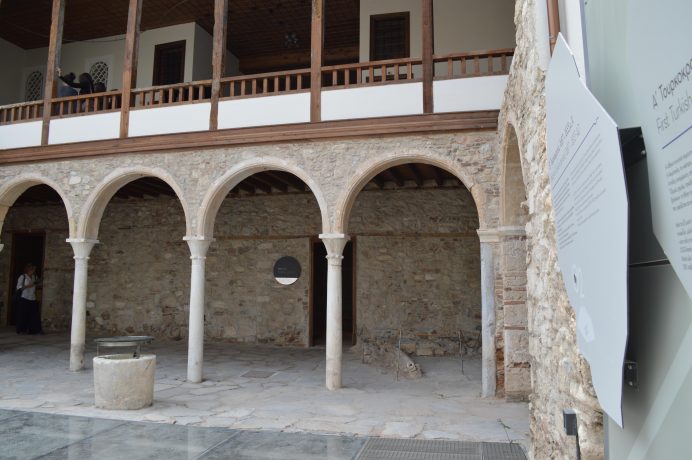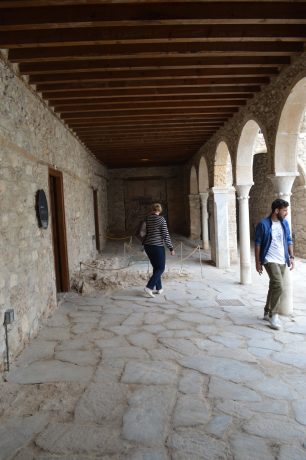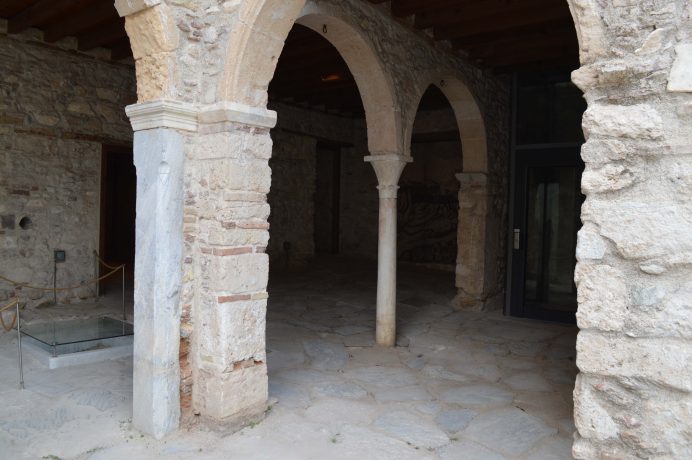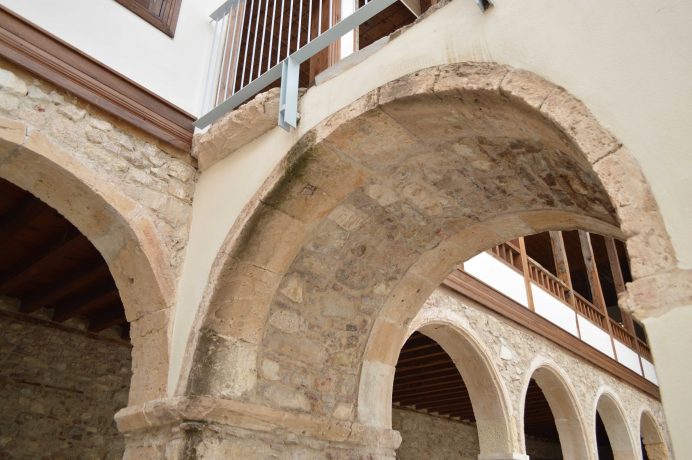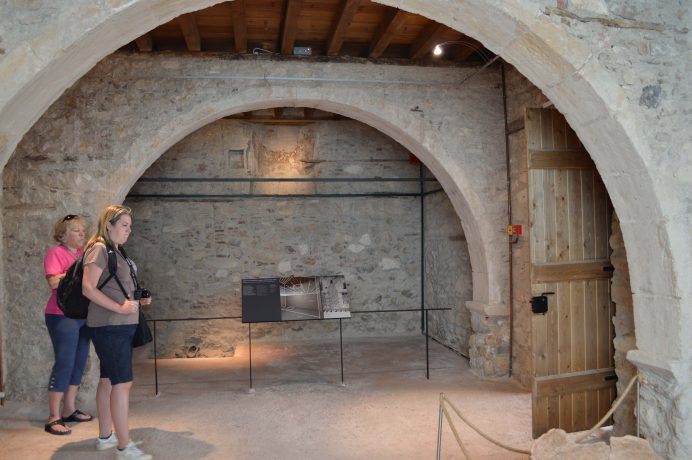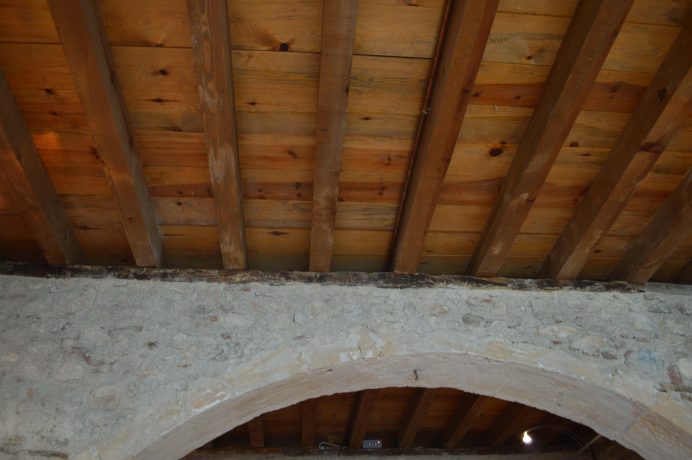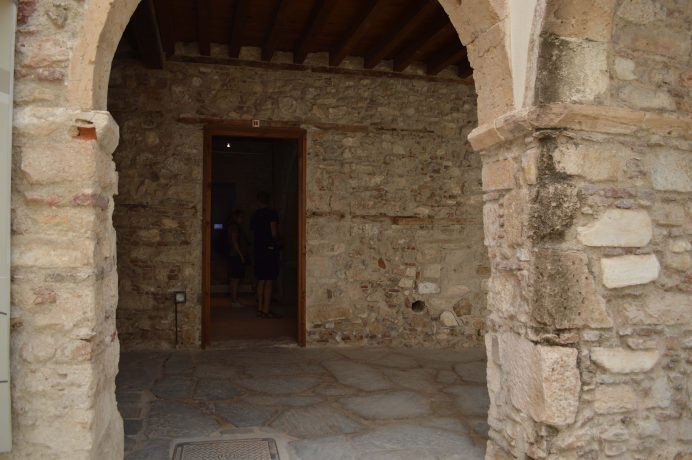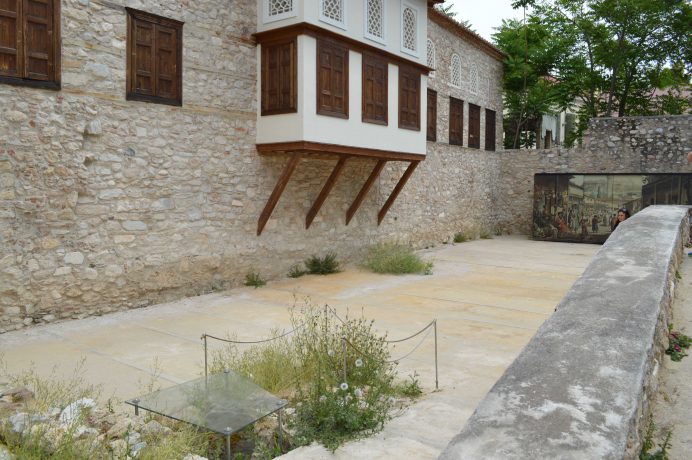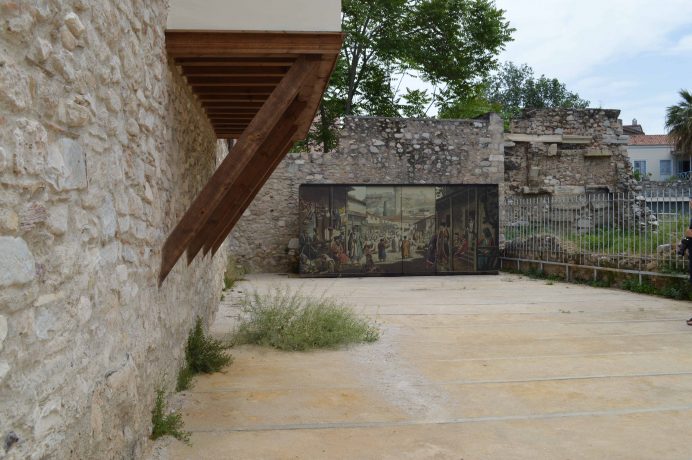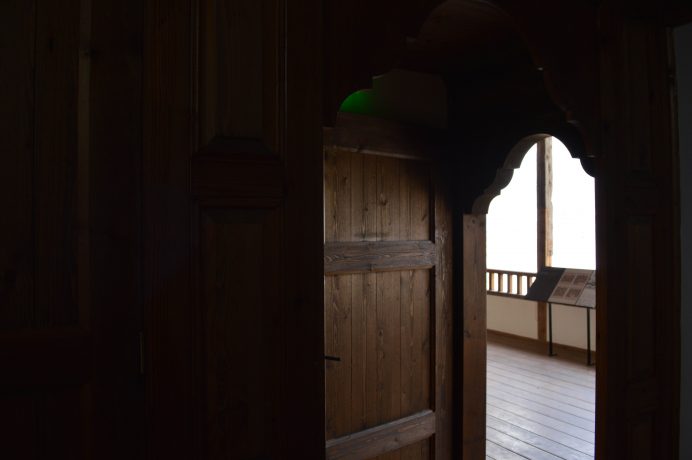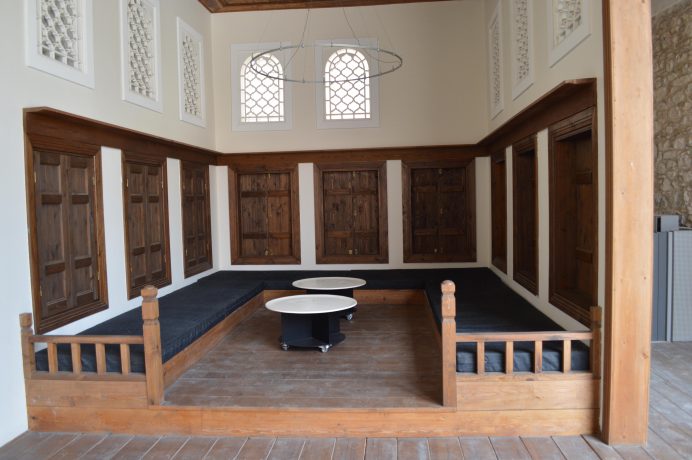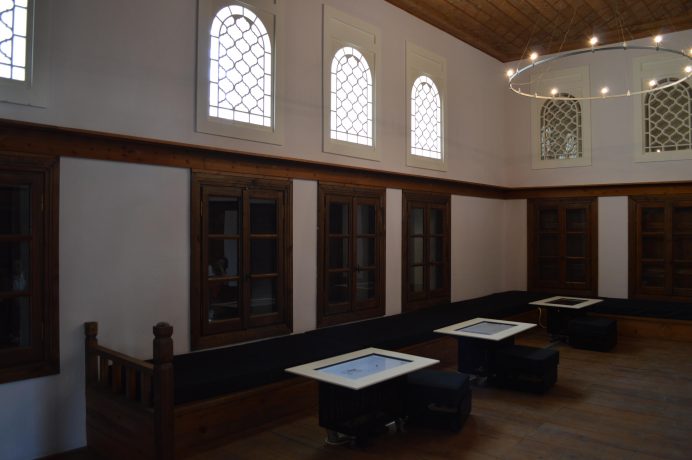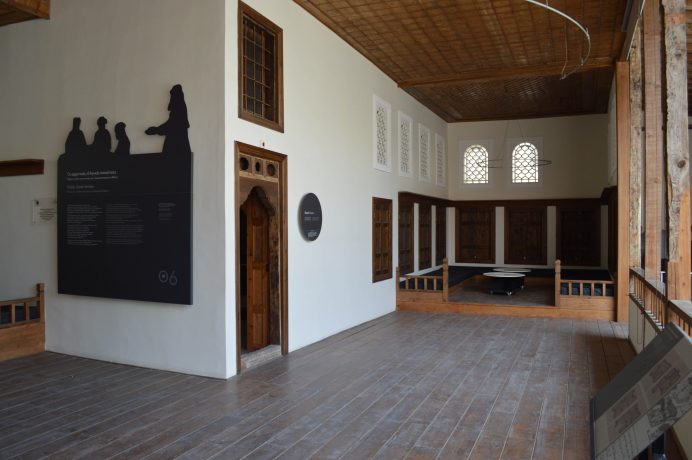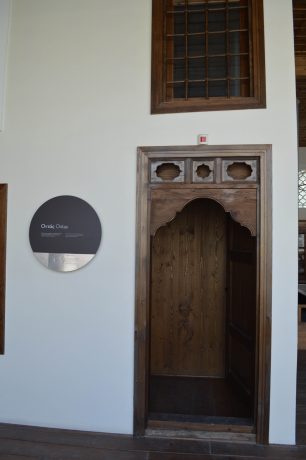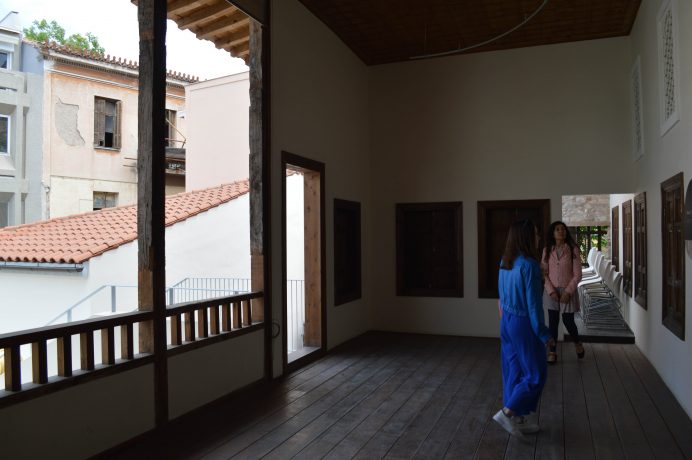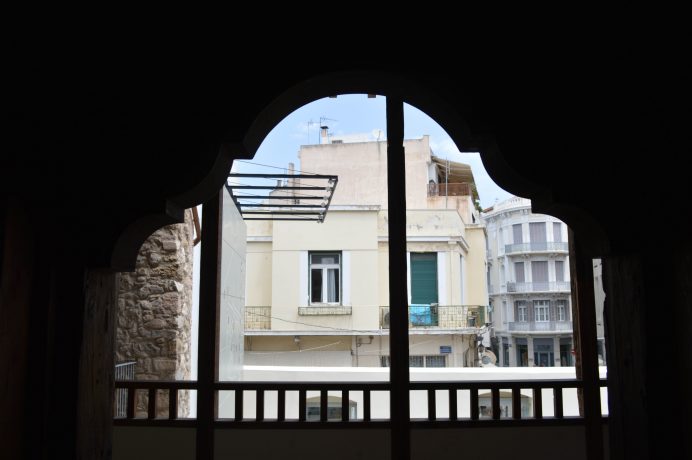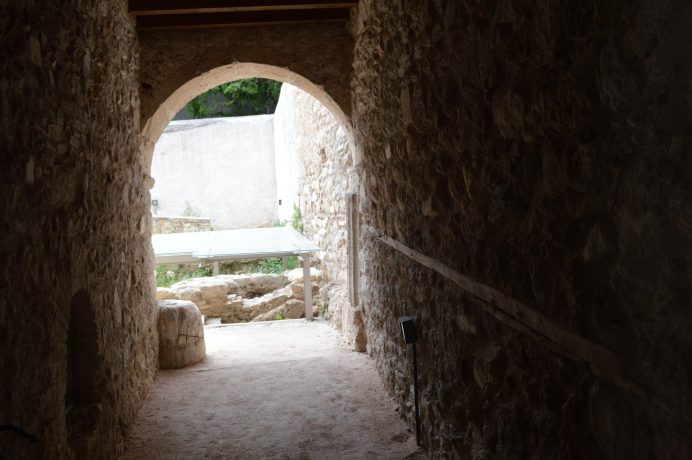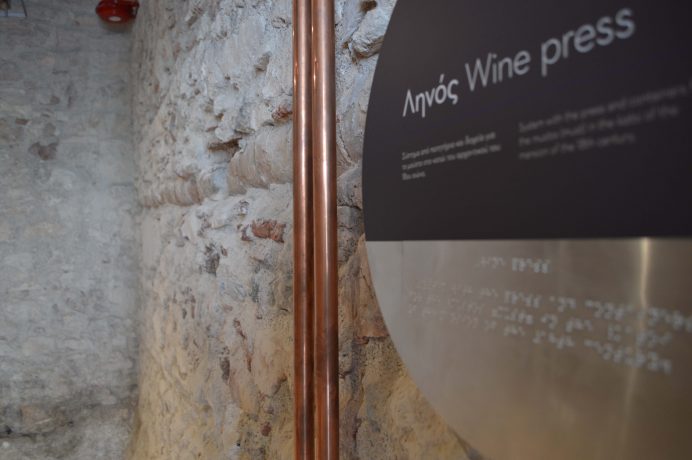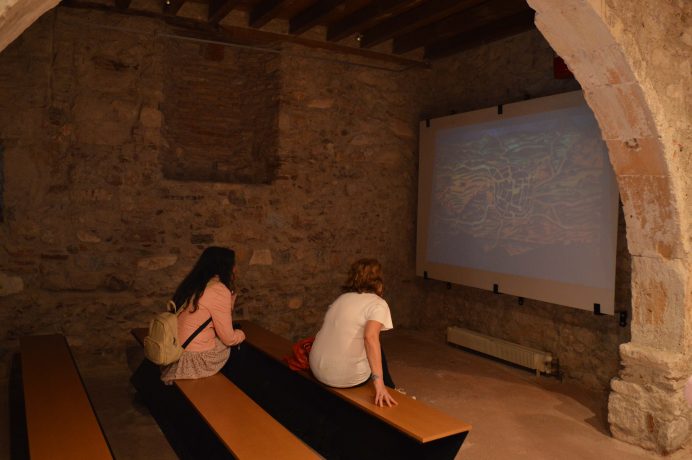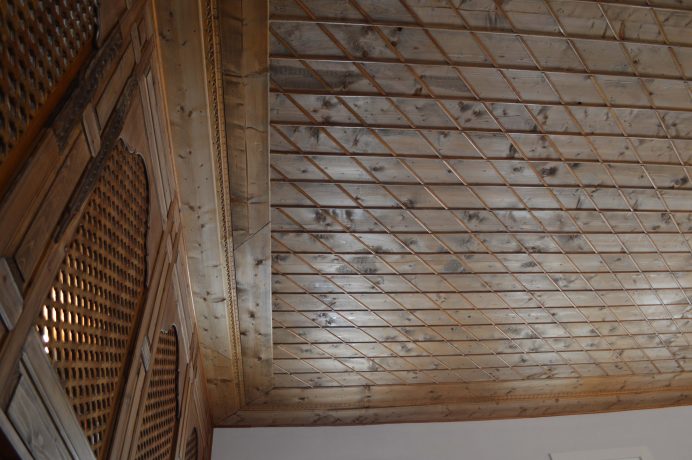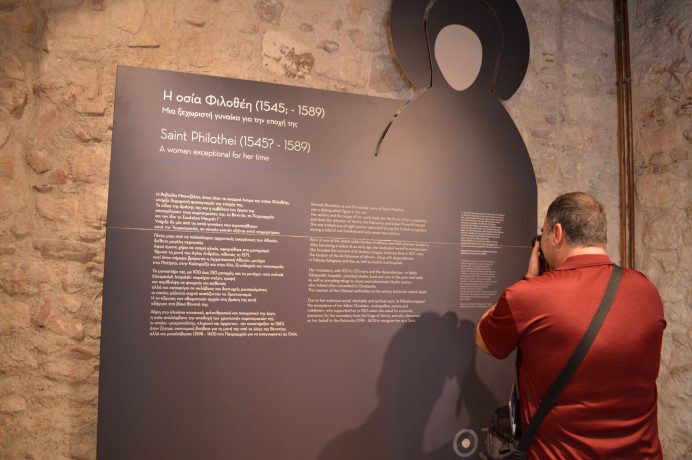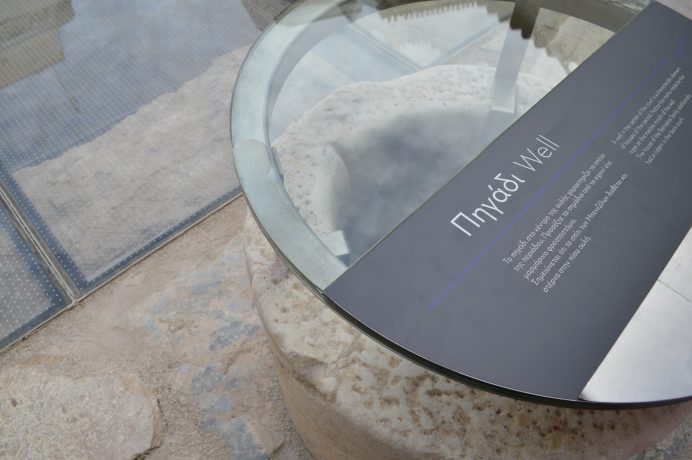Plaka is the tourist area of Athens. It is just underneath the Acropolis and houses one of the most famous Athenian markets. It’s always crowded with tourists and has lots of shops and restaurants. There are beautiful neoclassical buildings to see in the area and, of course, the Acropolis. In the heart of this historical centre, there is a hidden gem, the Benizelou Mansion. This mansion brings another element to the area and highlights another aspect of the history of Athens and eventually Greece.
The museum has just opened its doors in February 2017. In 1972, the building was taken by the Ministry of Culture and in 1999 it was given to the Holy Archdiocese of Athens. It was restored and made a museum by funds of the European Union. What is really interesting about this building is its history and the history is its main exhibition focus. The mansion becomes the exhibit. It’s the only surviving building of the Ottoman period and one of the few Athenian noble mansions.
Some of the building’s assets date back to the 16th century. However, the main construction is of the 17th century, when the building was renovated. The house belonged to the Benizelos family, one of the most important and noble families of that time. The family consisted of Angelos Benizelos, his wife Sirigi Palaiologina with origins from the Byzantium and their daughter Regoula Benizelou. Regoula became a widow at a very young age and decided to dedicate her life to charity by becoming a nun with the given name Philothei. She founded a monastery and her philanthropic actions both to Christians and Muslims attracted the attention of the Ottoman authorities which led to her death. She was proclaimed a saint by the church.
The mansion is a fine example of urban architecture of Athenian houses before the Greek revolution of 1821 against the Ottoman empire. The mansion consists of two floors and a courtyard. It has the characteristics of a typical noble house with elements from the Balkans and Asia Minor. This type of a building is called konaki. It has two features; the ontas, an all-day activity room with easily moved furniture and hayiati, a sitting area that connects rooms. Outside the house, in the courtyard, there is a well, used for daily activities. Currently, there are tables and chairs for visitors to sit and relax. The backyard of the mansion will be used for open air events. In general, the ground floor of the mansion is made of stone and on the second floor the dominant material is wood, both being common materials of the era.
The mansion and the courtyard are surrounded by a wall that was used to protect and hide the building and helped supervise the outer public space. Now the wall has two glass windows that allow passers-by to take a look inside. The building has many interactive digital media and videos. Most importantly, it is accessible for blind people. The labels have braille writing in an amazing assembly.
The religious aspect is what intrigued the Holy Archdiocese of Athens to create this museum. This is a rare initiative. Fortunately, the public now has the opportunity to visit a house of the 16th century, observe the everyday life of a family, discover fragments of history that usually are neglected! Its location is ideal since it can be combined with a walk around ancient Greek monuments like the Acropolis and the Ancient Agora or a walk around the street market. We are curious to see how this museum will evolve in the years to come.
